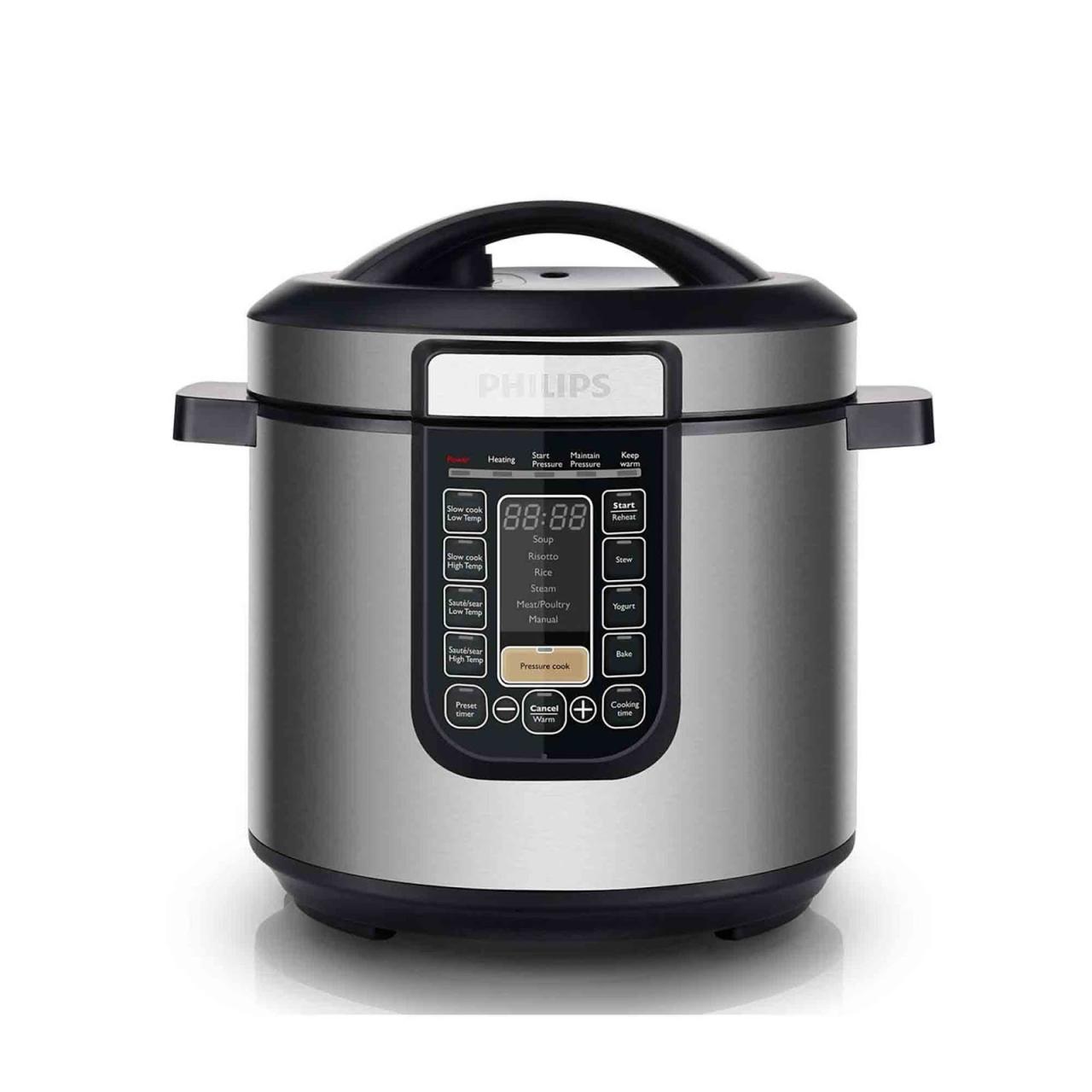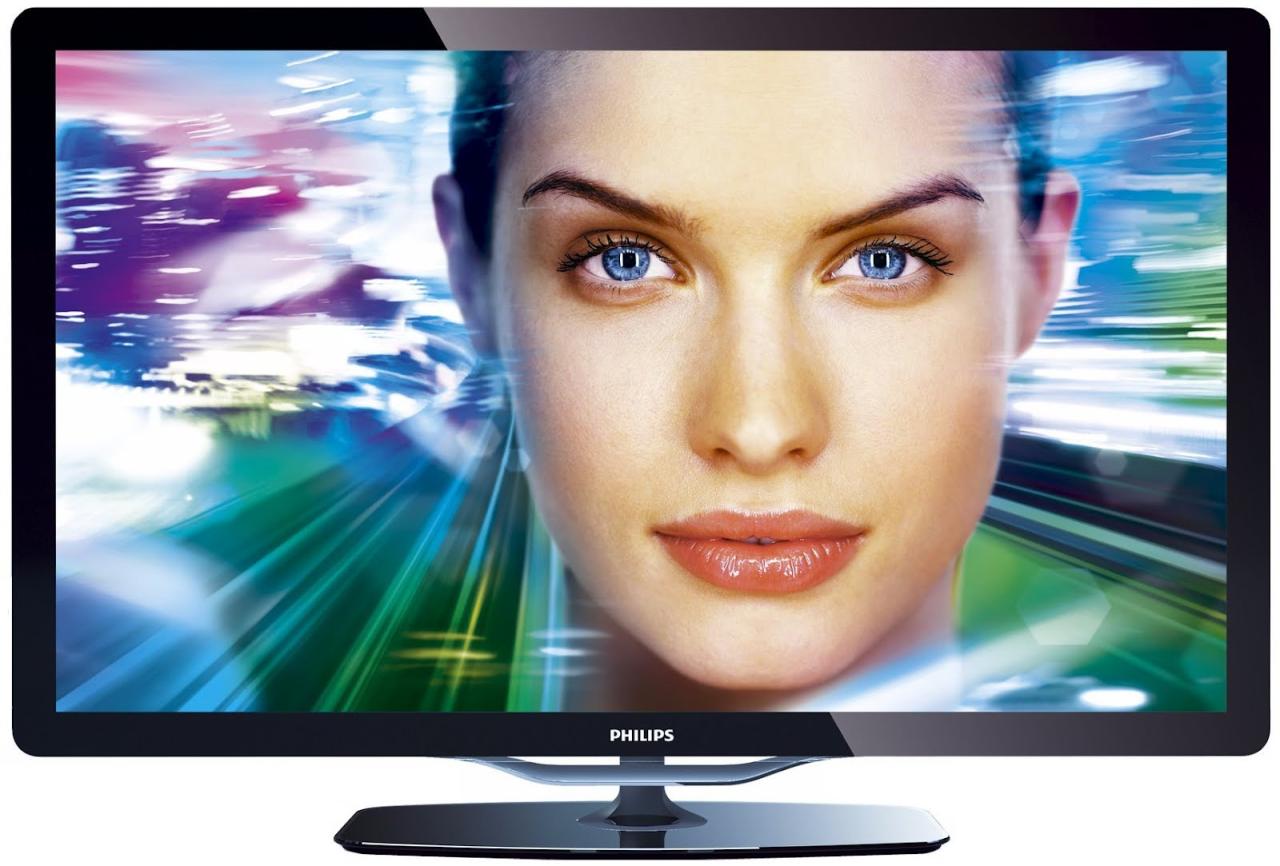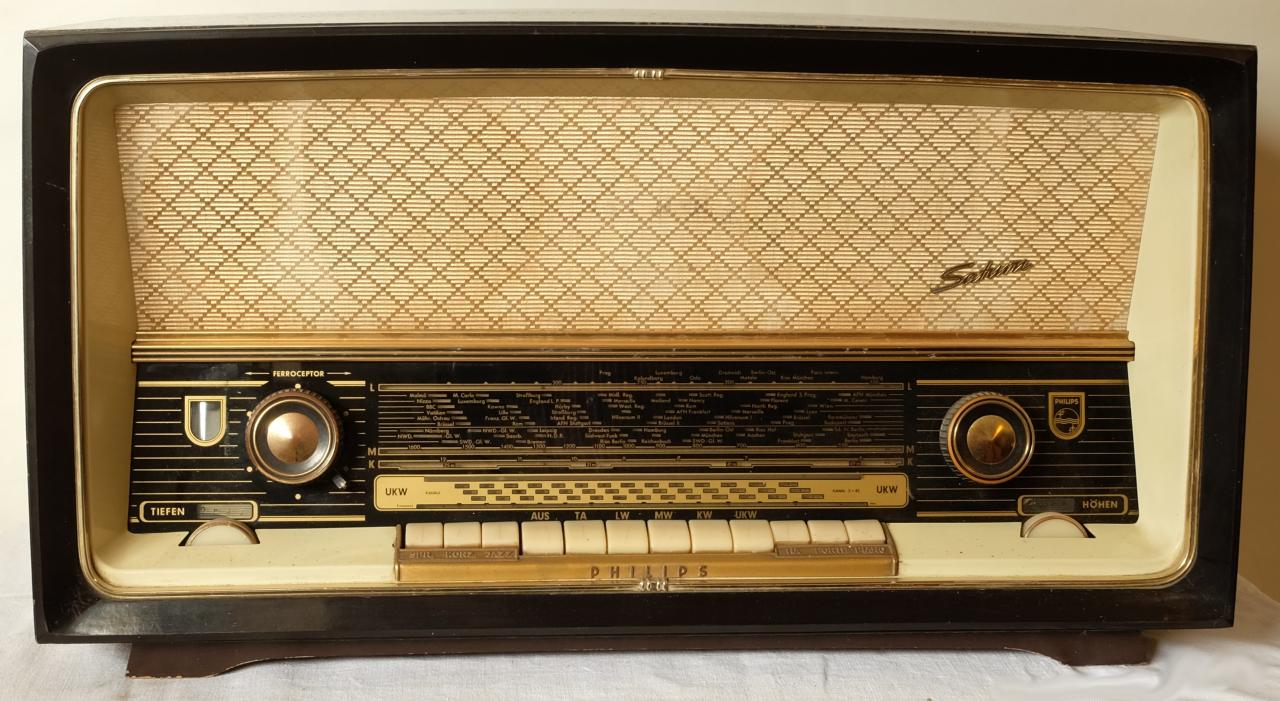philips hue homekit stands at the forefront of smart home innovation, seamlessly blending convenience and advanced technology. With its vibrant range of lighting solutions, Philips Hue not only enhances the ambiance of your home but also integrates flawlessly with Apple’s HomeKit ecosystem, allowing control through various Apple devices. This integration empowers users to create personalized lighting experiences that cater to any occasion, transforming ordinary spaces into extraordinary environments.
From the ease of setup to the myriad of customization options available, Philips Hue lights connected to HomeKit offer an exceptional level of functionality and versatility. Users can enjoy energy-efficient lighting while taking advantage of smart automation to elevate their home experience.
Overview of Philips Hue HomeKit

Philips Hue lights, renowned for their vibrant color ranges and smart functionalities, integrate seamlessly with Apple’s HomeKit, creating a sophisticated smart home experience. This integration not only enhances user convenience but also elevates the ambiance of any space with customizable lighting solutions that adapt to various moods and activities.
The Philips Hue smart lighting system offers an extensive array of features when paired with HomeKit. Users can control their lights through Siri voice commands, set schedules, and automate lighting based on their daily routines. Additionally, the Hue Bridge serves as the central hub, enabling remote access to lighting controls via the Home app on iOS devices, even when users are away from home. The capability to create scenes and zones allows for tailored lighting experiences, adjusting brightness and color temperature to suit different settings and occasions.
Compatibility with Apple Devices
Philips Hue lights demonstrate robust compatibility with a variety of Apple devices, ensuring that users can operate their smart lighting effortlessly. This compatibility spans across iPhones, iPads, Apple Watches, and even Mac computers. The integration of Hue lights within Apple’s HomeKit ecosystem means that:
- Users can manage their lighting through the Home app, which is pre-installed on all Apple devices.
- Siri enables voice control, allowing users to adjust lighting without needing to physically interact with their devices.
- Access to advanced features is facilitated through the Apple ecosystem, including geofencing capabilities that turn lights on or off based on user location.
- Philips Hue can be integrated with other HomeKit-enabled devices, creating a cohesive smart home environment.
Comparison with Other Smart Lighting Options
When considering smart lighting solutions compatible with HomeKit, Philips Hue stands out due to its extensive ecosystem and feature set. Compared to other brands, such as LIFX and Wyze, Philips Hue offers several advantages:
- Extensive Color Range: Philips Hue lights provide a wider spectrum of colors, allowing for dynamic mood settings.
- Reliability: The Hue Bridge ensures stable connectivity, whereas some competitors rely on Wi-Fi, which can be more susceptible to interference.
- Integration: Philips Hue’s compatibility with a broader range of devices enhances its utility within a smart home setup.
- Customization: With numerous accessories, such as motion sensors and dimmer switches, Philips Hue allows for more personalized lighting experiences.
The combination of Philips Hue lights with HomeKit creates a transformative smart home experience, enhancing both functionality and aesthetic appeal.
Setting Up Philips Hue with HomeKit

Setting up your Philips Hue lights to work with Apple HomeKit enhances your smart home experience by allowing you to control your lighting system seamlessly through your Apple devices. This integration not only simplifies the management of your home lighting but also adds a layer of automation and convenience.
To get started, it is essential to ensure that you have the necessary components and follow the correct sequence during the installation process. The primary device required for this integration is the Philips Hue Bridge, which acts as a hub for your Philips Hue lights. Below is a detailed guide to assist you in setting up your Philips Hue lights with HomeKit.
Installation Process for Philips Hue Lights with HomeKit
The installation process involves several steps to properly connect your Philips Hue lights to HomeKit. Following these steps ensures a successful setup:
1. Gather Required Equipment: Ensure you have the following equipment ready:
– Philips Hue Bridge
– Philips Hue bulbs or compatible lights
– Wi-Fi network (2.4 GHz recommended)
– Apple device (iPhone, iPad, or iPod Touch with iOS 10 or later)
2. Install Philips Hue Bridge:
– Connect the Hue Bridge to your Wi-Fi router using the Ethernet cable provided.
– Plug the power adapter into the Hue Bridge and connect it to a power source.
– Wait until the three lights on the Bridge are stable.
3. Download the Philips Hue App:
– Visit the App Store on your Apple device and download the Philips Hue app.
– Open the app and follow the on-screen instructions to create an account or log in.
4. Set Up Your Philips Hue Lights:
– Screw in the Philips Hue bulbs into your light fixtures.
– Within the Hue app, navigate to “Settings” and select “Light setup.”
– Tap “Add light” and follow the prompts to discover and add your bulbs.
5. Connect to HomeKit:
– In the Philips Hue app, go to “Settings” and select “HomeKit & Siri.”
– Follow the instructions to link your Hue Bridge with HomeKit by scanning the HomeKit code located on the Hue Bridge or in the app.
– Once connected, you can name your lights and assign them to rooms for easier voice control and automation.
6. Control Your Lights:
– Access your lights through the Apple Home app or use Siri to control them with voice commands.
Troubleshooting Common Setup Issues
Even with a straightforward setup process, you may encounter some common issues. Below is a checklist to help troubleshoot any problems you may face during installation:
– Hue Bridge Not Found:
– Ensure the Hue Bridge is powered on and connected to your Wi-Fi via Ethernet.
– Check if your Wi-Fi is functioning properly.
– Lights Not Responding:
– Confirm that the Philips Hue bulbs are correctly installed and powered on.
– Restart the Hue app and try rediscovering the lights.
– HomeKit Not Syncing:
– Verify the version of iOS on your Apple device; update if necessary.
– Ensure your Hue Bridge is updated with the latest firmware.
– Siri Not Controlling Lights:
– Check your Siri settings and ensure that HomeKit has access to your Hue devices.
– Reboot your Apple device and try again.
By following this comprehensive setup guide and troubleshooting checklist, you will be well-equipped to enjoy the full benefits of Philips Hue lights integrated with Apple HomeKit.
Customization and Automation Options
The Philips Hue lighting system integrated with HomeKit allows for an extensive range of customization and automation features that enhance your home lighting experience. With the Home app, users can tailor their lighting to suit their specific needs, moods, and times of day, offering both convenience and sophistication in home automation.
The HomeKit framework provides various automation settings that enable Philips Hue lights to work seamlessly with other smart home devices. This integration allows for creating a cohesive environment that can respond to different triggers such as time of day, occupancy, or even the status of other devices in your home.
Automation Settings for Philips Hue Lighting
HomeKit offers multiple automation settings that can be configured for Philips Hue lighting, making it easier to enhance everyday living. The following automation features are particularly noteworthy:
- Time-Based Triggers: Set your lights to turn on at a specific time, dim gradually, or change colors, creating a welcoming atmosphere as you arrive home.
- Condition-Based Automation: Automate lights to respond to specific conditions, such as turning on when your smart lock is unlocked, or adjusting brightness when you start your favorite movie.
- Geofencing: Utilize location-based automation to turn off lights when you leave home or switch them on as you approach your driveway.
- Occupancy Sensing: Combine Philips Hue with motion sensors to automatically illuminate rooms when someone enters and turn off lights when they leave.
Creating Custom Scenes and Schedules
Utilizing the Home app, users can create customized scenes and schedules that align with different activities or moods. Scenes allow you to adjust multiple lights at once, providing a tailored experience for any occasion. The process is straightforward:
1. Open the Home app and tap on the “+” icon to create a new scene.
2. Select the lights you want to include and adjust their brightness and color settings to match your desired ambiance.
3. Name your scene, such as “Movie Night” or “Dinner Party,” and save it for quick access.
Additionally, you can set up schedules to automate these scenes:
- Automated Lighting for Movie Nights: Create a “Movie Night” scene where lights dim to 30% and turn a warm hue, setting a cozy atmosphere as you prepare to watch a film.
- Dining Ambiance: For dinner parties, program a “Dinner Party” scene that bathes the table in soft white light while accentuating the dining area with colored hues for a festive feel.
- Morning Routine: Set a gradual brightening of lights in the morning, simulating a sunrise to wake you up gently and positively.
Unique Lighting Setups for Different Occasions
Philips Hue lighting can transform the ambiance of any space, making it ideal for various events and activities. Here are some unique setups that can enhance your experience:
- Relaxing Evenings: Use deep blue and violet hues to create a serene environment perfect for winding down after a long day.
- Festive Gatherings: For holiday celebrations, a combination of red and green lights can evoke a festive spirit, while dynamic light transitions can keep the energy high.
- Focus During Work: Bright white or cool blue lighting can enhance concentration and productivity during work hours, making your home office more effective.
By leveraging these customization and automation options, Philips Hue lights can adapt to your lifestyle, creating the perfect atmosphere for any moment in your home.
Benefits of Using Philips Hue with HomeKit

The integration of Philips Hue with Apple HomeKit brings a multitude of advantages that elevate the smart home experience. From energy efficiency to enhanced security and user convenience, these smart lighting solutions are designed to fit seamlessly into the modern lifestyle. This section delves into the specific benefits users can expect from utilizing Philips Hue lights within the HomeKit ecosystem.
Energy-Saving Advantages of Smart Lighting
One of the most compelling benefits of employing Philips Hue with HomeKit is the energy-saving potential. Smart lighting systems are designed to be more efficient than traditional lighting options. Philips Hue lights use LED technology, which consumes significantly less energy compared to incandescent or fluorescent bulbs.
The ability to control lighting remotely, set schedules, and automate lighting based on occupancy or time of day further enhances energy savings. For instance, users can program their lights to turn off automatically when they leave home, ensuring that no electricity is wasted. A study by the U.S. Department of Energy indicates that LED bulbs can save up to 75% more energy than incandescent bulbs over their lifespan, making them an eco-friendly choice.
User Testimonials on Convenience
The convenience of controlling lights through HomeKit is echoed in countless user testimonials. Many users have reported how intuitive and user-friendly the HomeKit app is, allowing them to manage their Philips Hue lighting with ease.
For instance, a user might highlight the ability to adjust lighting with a simple voice command through Siri. Such functionality not only enhances daily living but also makes it accessible for individuals with mobility challenges. A customer shared, “I can say ‘Goodnight’ to Siri, and all my Philips Hue lights turn off automatically. It’s like having a personal assistant.”
This level of automation and control streamlines daily routines, allowing users to focus on more important tasks while their home lighting adapts to their needs.
Security Features Related to Lighting Control, Philips hue homekit
In the realm of home security, Philips Hue with HomeKit offers innovative features that enhance homeowner safety. One significant aspect is the ability to simulate occupancy. By scheduling lights to turn on and off at various intervals, homeowners can create the illusion that someone is home, which can deter potential intruders.
Additionally, many smart lighting systems, including Philips Hue, can be integrated with security cameras and alarms. For instance, if a security camera detects movement, the lights can flash or turn on automatically, drawing attention to the situation. This proactive approach not only enhances security but also provides peace of mind for users.
Incorporating these features into a smart home setup allows for robust security measures that are both effective and user-friendly. A user noted, “Knowing my lights can help alert me to any unusual activity gives me a real sense of safety, especially at night.”
FAQ Section
What devices are compatible with Philips Hue and HomeKit?
Philips Hue lights are compatible with a range of Apple devices, including iPhones, iPads, Apple Watches, and HomePods that support HomeKit.
Can I control Philips Hue lights when I’m away from home?
Yes, if you have a Hue Bridge and a HomeKit setup, you can control your Philips Hue lights remotely using the Home app.
Are there any subscription fees associated with using Philips Hue with HomeKit?
No, there are no subscription fees; however, you may need to purchase the Hue Bridge for full compatibility with HomeKit.
Can Philips Hue lights be used with other smart home systems?
Yes, Philips Hue lights can be integrated with various smart home systems, including Google Home and Amazon Alexa, in addition to HomeKit.
How do I reset my Philips Hue lights?
You can reset Philips Hue lights by turning them on for 30 seconds, then turning them off for 30 seconds, and repeating this process until the light flashes three times.
Integrating your Philips Hue lights with Google Home can elevate your smart home experience significantly. With just your voice, you can control your lighting to create the perfect ambiance in any room. For those looking to learn more, check out the detailed guide on philips hue google home to get started on your automation journey.
Managing a smart home efficiently often starts with an effective controller smart home. This device allows you to seamlessly connect and manage all your smart devices from one place, enhancing convenience and control in your daily life. Exploring various options can help you find the controller that best fits your needs.